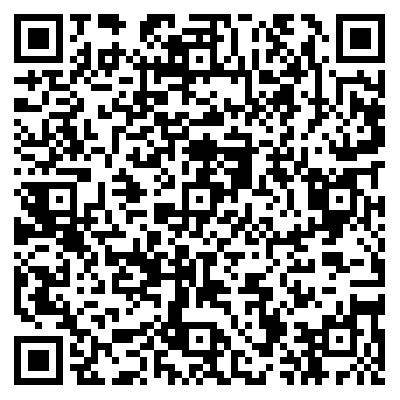Operating multi-head tubular embroidery machines requires a comprehensive set of skills and knowledge to ensure efficient and accurate embroidery production. Individuals in this role need technical expertise in machine operation, an understanding of embroidery techniques, and the ability to work with different fabrics and designs.
One fundamental skill is the ability to thread the machine correctly and wind bobbins. This involves understanding the thread path, adjusting tension appropriately, and placing bobbins in a manner that ensures smooth operation. Changing needles is another essential skill, requiring operators to consider factors like needle size and type based on the fabric and design.
Operators must be familiar with the machine controls, whether through a touch panel or computer interface. They need to set parameters such as stitch speed, needle selection, and design placement. Design placement involves skills in hooping garments securely and aligning designs accurately, especially when working with multiple heads simultaneously.
A basic understanding of digitizing, the process of converting artwork into a digital embroidery file, can be beneficial for troubleshooting and making minor adjustments to designs. Additionally, operators need to know how to transfer digital embroidery files to the machine, using methods such as USB or network transfers.
Material knowledge is crucial, encompassing an understanding of different fabrics and their characteristics. This knowledge informs adjustments to machine parameters to prevent issues like thread breaks or puckering. Similarly, operators must be familiar with various embroidery thread types and their suitability for different applications.
Maintenance and troubleshooting skills are essential for optimal machine performance. Operators need to perform routine maintenance tasks such as cleaning, oiling, and needle replacement. Troubleshooting involves identifying and addressing common issues like thread breaks or tension problems.
Quality control is a significant aspect of the role. Operators must inspect finished embroidery for issues such as irregular thread tension, missing stitches, or design misalignment. They play a crucial role in ensuring the final product meets quality standards.
Production planning and organization skills are necessary for managing multiple tasks simultaneously. Operating a multi-head machine involves hooping garments, changing threads, and monitoring machine performance concurrently. Understanding production schedules and prioritizing jobs based on deadlines and customer requirements is also vital.
Safety awareness is paramount, encompassing adherence to safety protocols, proper machine shutdown procedures, and the use of safety features to prevent accidents.
Communication skills are essential for effective collaboration with team members, including designers, production managers, and quality control personnel. Operators need to communicate clearly to ensure a smooth workflow and the timely completion of orders.
Continuous learning is a crucial aspect of this role. Staying informed about industry trends, new technologies, and software updates enhances efficiency and productivity. This commitment to ongoing learning allows operators to adapt to changes in the industry and contribute to the success of the embroidery production process.

 English
English Español
Español عربى
عربى


